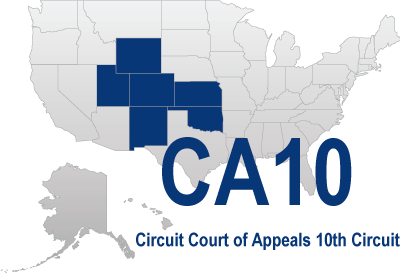021-Ohio-119, 2021 Ohio App. LEXIS 108 (5th Dist. Jan. 19, 2021)
The trial court found, and we agree, that Trooper Browne did not unreasonably prolong the stop. There was testimony that he was still in the process of conducting the traffic stop when he walked his K9 around appellant’s vehicle. Appellant was still in the process of looking for proof of insurance. Approximately thirteen minutes had passed between the stop and the K9 sniff and appellant was still attempting to locate current proof of insurance. As noted by the trial court, Trooper Browne testified that he was going to give appellant a warning for her speeding as long as she was able to provide proof of insurance.
Appellant also argues that the State of Ohio failed to produce sufficient proof that K9 Atos performs reliably in detecting drugs in violation of Florida v. Harris, 568 U.S. 237, 133 S.Ct. 1050 (2013). Appellant notes that at the suppression hearing, Sergeant Barrett of the Ohio State Highway Patrol testified that the Patrol no longer kept records of a K9 unit’s performance in the field. Appellant argues that this violated due process and is violative of Brady v. Maryland, 373 U.S. 83, 83 S.Ct. 1194. {¶32} In Florida v. Harris, 568 U.S. 237, 133 S.Ct. 1050 (2012), the U.S. Supreme Court addressed how a court should evaluate probable cause based on an alert from a drug detection dog when the defendant has challenged the dog’s reliability. Id. at 1053. The court rejected Florida’s rigid test that required the state in every case to present exhaustive evidence of reliability in favor of a more flexible, common-sense approach that examines the dog’s training. Id. In so doing, the court held that “evidence of a dog’s satisfactory performance in a certification or training program can itself provide sufficient reason to trust his alert.” Id. at 1057. However, the court noted that a defendant “must have an opportunity to challenge such evidence of a dog’s reliability, whether by cross-examining the testifying officer or by introducing his own fact or expert witnesses.” Id.Regarding the reliability of a canine search, the United StatesSupreme Court has held that “[i]f a bona fide organization has certified a dog after testing his reliability in a controlled setting, a court can presume (subject to any conflicting
Richland County, Case No. 2020 CA 0018 12 evidence offered) that the dog’s alert provides probable cause to search.” Florida v. Harris, 568 U.S. 237, 246-247, 113 S.Ct. 1050 (2013). {¶33} In State v. Nguyen, 157 Ohio App.3d 482, 2004-Ohio-2879, 811 N.E.2d 1180, ¶ 55 (6th Dist.), the court stated that “proof of the fact that a drug dog is properly trained and certified is the only evidence material to a determination that a particular dog is reliable. Proof that a drug dog is properly trained and certified may be established by means of testimony or through documentary proof.” The court, in Nguyen, noted that a “new trend in some federal courts stresses that when the state demonstrates that the drug dog is trained and certified, it negates any need to establish the reliability of the challenged canine.” Id at paragraph 35. {¶34} In order for a K9 alert to support a determination of probable cause, the State must establish the dog’s reliability by adducing evidence of the K9’s training and certification. State v. Lopez, 166 Ohio App.3d 337, 2006–Ohio–2091, 850 N.E.2d 781, ¶ 25 (1st Dist.). {¶35} In the present case, appellee presented both testimony and documentary proof establishing that Atos was properly trained and certified as a narcotics-detection canine. Pursuant to Nguyen, this evidence was sufficient to establish the canine’s reliability.




